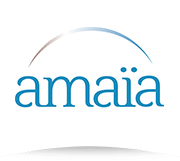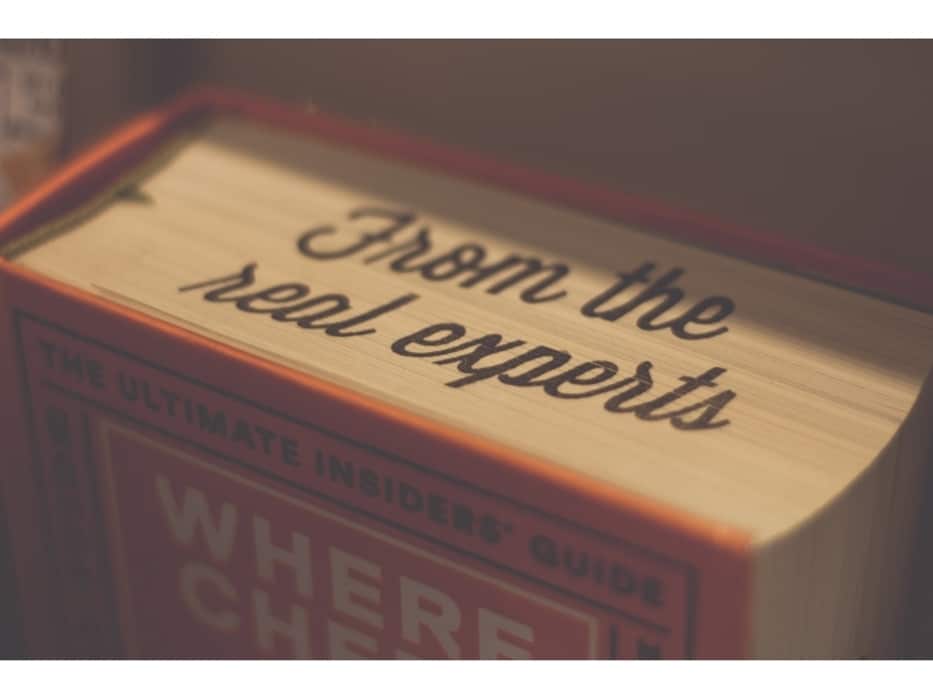Are you the communications or training manager of your company? Have you been won over by an e-learning solution to internally train your employees or your external partners? Are you managing teams around the globe? The question of translation arises naturally. Yes, but how do you do it?
The Amaïades reveal to you in this article the recipe for quality multilingual e-learning modules.
Before you start, prepare your ingredients :
- choose your e-learning training medium. PDF or PowerPoint presentations, videos, serious games, mobile applications, microlearning, virtual and augmented reality, there are many solutions combining originality, flexibility and quality;
- define the frame. What is the objective of the training? Is this training internal or external to your organisation? Who is it for? Think about the age, nationality, function as well as level of qualification of the recipients;
- write the content. What tone do you wish to convey? Do you think to use technical or common vocabulary? Do you prefer to use informal or formal forms of address, the infinitive or the imperative? Do you wish to keep the name of your IT solutions or adapt them to each language?
Use a good dose of anticipation
Every teaching style has a its specificities and its constraints. Before creating your media and by responding to these questions, keep in mind that you work for a multicultural audience. Your media will not only be translated, but also adapted for a particular culture. This process requires making changes in the text, but not only that. The images, characters, scenarios, the tone used, the colours, the currency or units of measurement will be adjusted or matched to the different geographical areas. If you opt for a PDF or PowerPoint presentation, don’t forget that the size of the text box may vary from one language to another.
Add a pinch of strategy…
The best strategy to develop your e-learning modules internationally consists of identifying your markets to determine your linguistic needs. For example, your recipients reside in Spain and Mexico. Therefore, you choose to translate your modules into Spanish and make only one translated version for these two countries. Unfortunately, this is not sufficient. Why? In addition to the many differences between the spoken Spanish in Mexico and that of in Spain, you must also consider other regional differences such as the regulations, procedures, technical standards, currencies.
…and a drop of planning
Before translating your training media for other regions, it is recommended to design and develop them in one language. Take some time to test them and have them proofread by experts, then edit them. Imagine that a reviewer advises you to change two sections of your module: it is much easier (and more profitable!) to do it in one language than in six. Once this first version has been validated, you can now send your modules to be translated.
Finally, finish with a tasty mix of expertise
Putting the right resources in place from the start will make the translation process more efficient and smoother. These resources include the tools and service providers that will be part of the process. It is better to be familiar with, in advance, the multilingual options available in the tool that you are using. It is just as important to find professionals who know the subject that you are dealing with.
The Amaïades accompany you in your multilingual projects from their conception and they will select the professional teams of translators adapted to your needs. If you have any questions, please do not hesitate to contact them ahead of the creation of your media.

